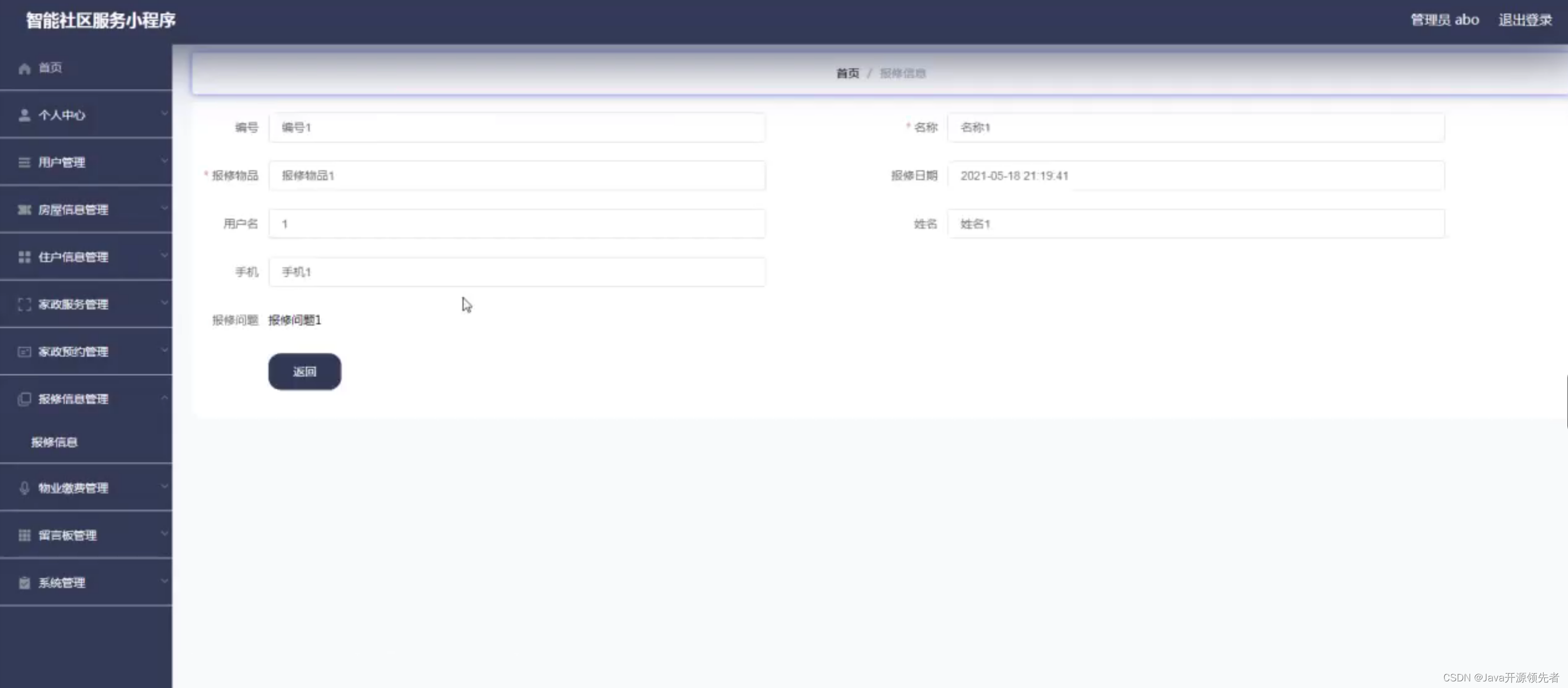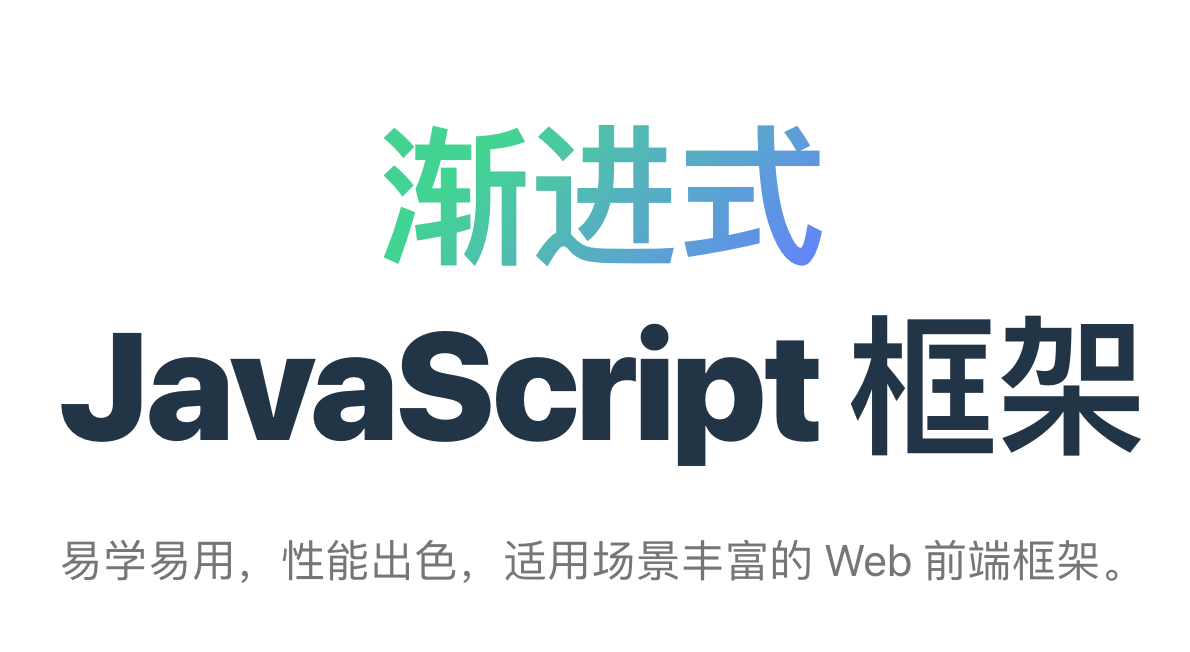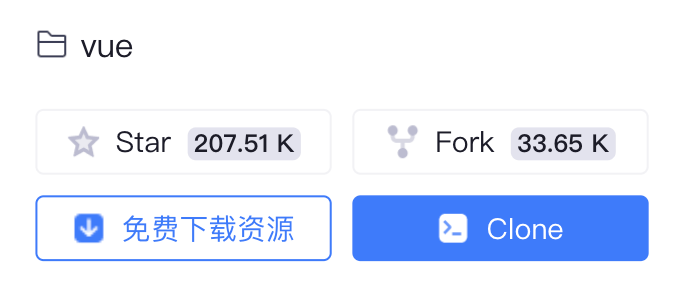Vue组件传参(父传子、子传父、兄弟间),以及路由传参
1.父传子①props传参与slot插槽子组件:script脚本中使用props属性接住父组件传过来的值,如:<script>export default {props: ['data1','data2'],//data1,data2表示从父组件传过来的值name: 'todoItem',methods:{},data() {return {}}}</script>temp
1.父传子
①props传参与slot插槽
子组件:
script脚本中使用props属性接住父组件传过来的值,如:
<script>
export default {
props: ['data1','data2'],//data1,data2表示从父组件传过来的值
name: 'todoItem',
methods:{
},
data() {
return {
}
}
}
</script>
template中使用props属性中的值,如:
<template>
<li>
<!-- 用<slot>插槽插入要表示的数据,数据写在name属性值内 -->
<!-- <slot>插槽中的数据只用来显示,不会反复处理 -->
{{data1+1}} - <slot name = "data2"></slot>
</li>
</template>
父组件:
template中嵌套子组件时在其子组件中添加 :传递给子组件的值的变量="传递的值",以及嵌套template插槽传递值
示例代码:
html:
<template>
<ul>
<todo-item v-for="(task,i) of tasks" :key="i" :data1="i">
<template slot="data2">{{task}}</template>
</todo-item>
</ul>
</template>
js:
<script>
import todoTtem from './TodoItem'
export default {
methods:{
},
data() {
return {
tasks:['疼女朋友','洗澡','看直播']
}
}
}
</script>
2.子传父
父组件:
template中嵌套子组件时给其添加自定义事件并绑定事件处理函数,如:
html:
<template>
<ul>
<!-- customEvent为自定义事件的自定义名,del为事件处理函数 -->
<todo-item v-for="(task,i) of tasks" :key="i" :data1="i" :data2="tasks" @customEvent="del">
<template slot="task">{{task}}</template>
</todo-item>
</ul>
</template>
js:
<script>
import todoTtem from './TodoItem'
export default {
methods:{
//data1为子组件传递过来的数据的变量名,作为形参传入del
del(data1) {
this.tasks.splice(data1,1);
}
},
data() {
return {
tasks:['吃饭','睡觉','打球']
}
}
}
</script>
子组件:
template中的某个元素绑定事件及其事件处理函数:
html
<template>
<li>
{{data1+1}}-<slot name = "data2"></slot><button @click="sonsDel">x</button>
</li>
</template>
js:
script中的methods中对应的函数中调用$emit(爹给的自定义事件名,this.子组件中的数据),如:
<script>
export default {
props: ['data1','data2'],
name: 'todoItem',
methods:{
sonDel() {
this.$emit(/*爹给的自定义事件名*/'cunstomEvent',this.data1);
}
},
data() {
return {
}
}
}
</script>
3. ref:打通父子之间所有数据和方法的共享方法
使用:
父模板:<child ref="子名称"></child>
父访问子:父组件:this.$refs.子名称.子数据/子方法()
子访问父:子组件:this.$parent.父数据/方法名()
父组件:
嵌套子组件的时候:<child ref="myChild"></child>
js代码:
<script>
export default {
methods: {
speak() {
console.log("父组件的方法被调用了");
}
}
}
</script>
调用子组件方法:this.$refs.myChild.study()
子组件:
js代码:
<script>
export default {
methods: {
study() {
console.log("子组件的方法被调用了");
}
}
}
</script>
调用父组件的方法:this.$parent.speak();
4.兄弟间
分三步:
①创建"bus": New Vue(),保存事件,并关联到任何一个组件的处理函数上,类似:
首先:单独建立一个文件叫bus.js,与main.js同一目录下,代码:
import Vue from 'vue'
export default new Vue();
然后:在main.js当中引入bus.js,并给vue的prototype添加"bus",代码:
import bus from './bus'
Vue.prototype.bus=bus;
②数据的接受方组件:在自己加载完之后,向"bus"上添加一个自定义的事件,事件要绑定上自己的一个处理函数:
在created钩子函数中调出bus对象,使用$on监听绑定一个自定义的事件名,该事件绑定一个接收方组件的一个事件函数,并注意改变this的指向。代码:
<script>
export default {
methods:{
自己的事件处理函数名(data) {//data为接收到的数据
...
// 如:this.tasks.push(data);
}
},
data() {
return {
task:[ ]
}
},
created() {
this.bus.$on("自定义事件名",this.自己的事件处理函数名.bind(this));
}
}
</script>
③数据传递方组件,在机制的时间处理函数中,找到公共的"bus"对象,用$emit()触发别人提前在"bus"上绑定好的时间,并传参:
在methods中的对应的处理函数中使用 $emit()绑定自定义事件与自己的数据。代码:
<script>
export default {
data() {
data:'',//data为发送的数据
},
methods:{
自己的处理函数() {
this.bus.$emit('自定义事件名',this.data);
...
}
}
}
</script>
注意: 发送与接收的数据变量名要一致,且自定义事件名一致,因为要绑定到同一个事件名上
其他数据传递的方式:
1.路由传参(params方法、url显示参数)
router.js的配置:
{
path: "/two/:id/:data",
// 跳转的路由后加上/:id,多个参数继续按格式添加,数据按顺序对应
name: "two",
component: two
}
起始界面,准备跳转,假设这里message为123
data() {
return {
message: "123"
}
}
methods() {
function() {
this.$router.push({
path: `/two/${this.message}/456` // 直接把数据拼接在path后面
});
}
}
已经跳转页面接收:
data() {
return {
msg1: "",
msg2: ""
}
},
created() {
this.msg1 = this.$route.params.id // 123
this.msg2 = this.$route.params.data // 456
}
页面刷新,数据依然在。
url显示,数据显示在url,所以这种方式传递数据仅限于一些不那么重要的参数 /two/123/456
1.路由传参(params方法、url不显示参数)
router的配置
{
path: "/two",
name: "two",
component: two
}
起始界面,准备跳转,假设这里message为123
this.$router.push({
name: `two`,
// 这里只能是name,对应路由
params: {
id: this.message,
data: 456
}
});
接收:
created() {
this.msg1 = this.$route.params.id // 123
this.msg2 = this.$route.params.data // 456
} // url显示,数据不显示在url /two
注意: params方法必须要有name属性。
3.路由传参(query方法)
router的配置
{
path: "/two",
name: "two",
component: two
}
起始界面,准备跳转,假设这里message为123
this.$router.push({
path: `/two`,
// 这里可以是path也可以是name(如果是name,name:'two'),对应路由
query: {
id: this.message,
data: 456
}
});
接收:
created() {
this.msg1 = this.$route.query.id // 123
this.msg2 = this.$route.query.data // 456
}
此外:query也有一种十分简单的方法:
4.路由地址中的查询字符串拼接:
router的配置
{
path: "/two",
name: "two",
component: two
}
起始界面,准备跳转,假设这里message为123
this.$router.push(`/two?id=1&data=${this.message}`);
接收:
created() {
this.msg1 = this.$route.query.id // 123
this.msg2 = this.$route.query.data // 456
}
还有其他有关数据传递也可使用vuex等
更多推荐








 已为社区贡献2条内容
已为社区贡献2条内容



所有评论(0)